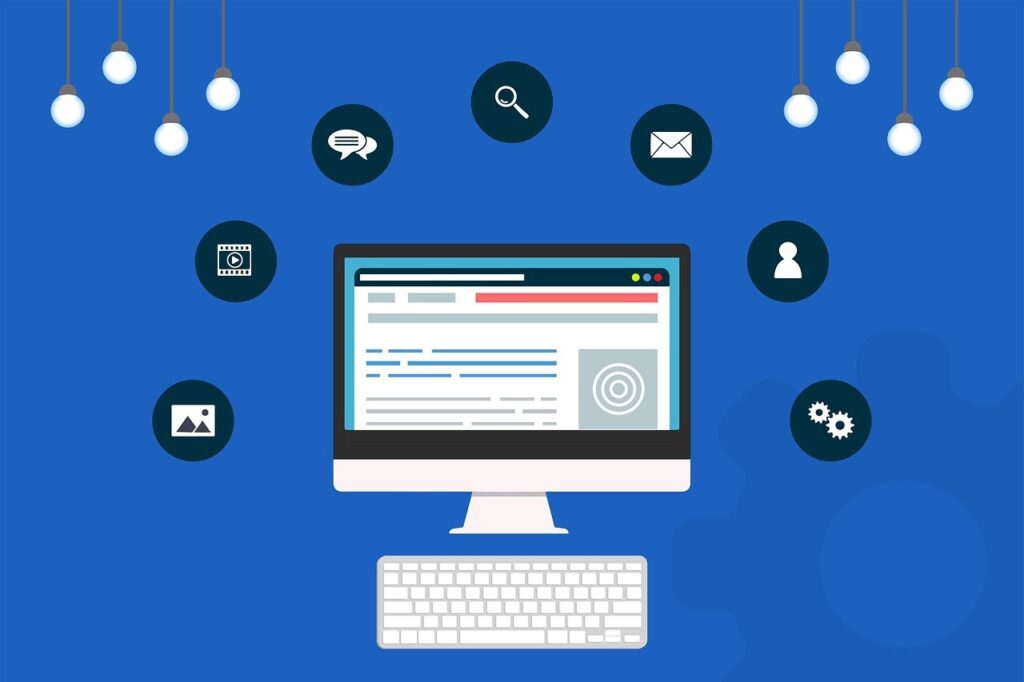
A lot of new UX learners start their study with basic wireframes or made-up screens, that show simple layout choices. These simplified examples help realize an interface’s structure, but they rarely show how products behave in depth. Actual digital journeys require hesitation, steps to repair, moments of confirmation and constraints that influence decisions, across multiple screens. When students work with real examples instead of imagined samples, they develop a more grounded sense of how UX functions in practice. They see interactions unfold in sequence, which helps them connect theory to realistic user behaviour.
Why Real UX Journeys Create Stronger Foundations for Students
One of the most important advantages of real UX journeys is that they show continuity. A sign up screen gains meaning only when seen together with its introduction and its confirmation. Students who seek for ui design inspiration observe complete flows through alternative resources like PageFlows and start to understand how steps connect to each other. They observe how onboarding prepares users, how core tasks progress and how successful actions close. This allows learners to think in sequence rather than in a series of isolated screens.
Real journeys also expose the subtle parts of UX. Students notice when users pause, when they misinterpret a label and where the design helps them make meaning. These micro moments form the foundation of interaction design. Fictional screens remove this behaviour, which leaves students with an incomplete picture of how people actually navigate digital products.
This early understanding helps learners evaluate design with more nuance. They begin to recognize what influences a flow and how structure changes based on the purpose of the product.
How PageFlows Helps Students Learn UX Through Real Recorded Journeys
Many educators look for a structured way to show students real interaction patterns. PageFlows provides this foundation by collecting recorded journeys from widely used mobile and web products. These recordings present full sequences rather than isolated screenshots, which gives students a chance to study timing, transitions and pacing in natural conditions.
One of the major strengths of PageFlows is its clarity of sequence.Learners can experience a flow starting, entering increasingly complex steps leading to the resolution. This allows learners to view UX as an interconnected system, learning how one screen builds on another, and how small decisions either create momentum, or slow that momentum.
Pageflows also brings interesting context as it is exploring flows in different industries or spaces. Learners can explore flows from finance, travel, productivity, social media, and learning tools. This shows them how each industry or product orientates the user around that task. For example, a verification step in a banking app will demand reassurance, while the same step in a media service is more about pace. This contrast helps to develop stronger analytical thinking.
Comparative analysis becomes much easier with PageFlows. Students can examine several flows of the same type and identify conventions that appear repeatedly. They see how apps guide users through similar actions, which helps them understand where patterns strengthen a design and where they limit flexibility.
In group critiques, educators often use PageFlows. The PageFlow is already organized, and the teachers follow in rather than pause at a moment, and ask students why a decision worked, as well as discuss other options. Even more importantly, this organization supports students in building critique skills, helping them articulate their rationale, recognize friction points, and assess how the journey supports user goals.
Lastly, PageFlows demonstrate realism, showing students friction points and redundancy, as well as times when even ‘polished’ applications add extra steps. Students gain clarity about the nature of UX, including its role in trade-off decisions, as well as the inevitable need to align user needs with business and technical constraints. This paradigm helps them to detach from idealized theories, while embracing future work in reality.
How Real Interfaces Strengthen Understanding of UX Principles
Real interfaces help students see why decisions matter. A primary button may stand out because the flow depends on it. A short instruction may prevent confusion during a sensitive step. These connections reveal how small details influence completion rates. Fictional screens often remove these reasons, which makes it harder for students to understand design logic.
Students also learn to recognize friction more accurately. They notice when spacing makes content clearer or when a label creates uncertainty. Real flows reveal these issues in context, which helps learners understand what supports usability.
Navigation patterns become clearer as well. Students observe how mobile apps use bottom navigation, contextual actions and structured multi step flows. They begin to understand how navigation anchors user orientation and how consistency reduces cognitive effort.
These insights help learners evaluate interfaces with deeper reasoning. They understand that UX decisions are not abstract ideas but responses to observed behaviour and real constraints.
Real Examples as a Foundation for Practical UX Thinking
Students who analyze real examples develop better problem solving skills. They learn to identify common patterns and anticipate where users may struggle. They recognize when a flow requires guidance and when simplicity offers a better outcome.
Comparing flows from different products strengthens decision making. Students understand how pacing affects comprehension and how hierarchy shapes action. They see which interactions make transitions smoother and which ones introduce unnecessary effort.
This approach prepares students for real digital environments, where products evolve and user expectations shift. Learners who study real cases develop adaptability because they understand how flows change over time.
Why Real UX Cases Build Better Designers
Teaching UX with real examples gives students a clear understanding of how digital products behave across entire journeys. They learn from genuine flows, consider structures, analyze patterns and assess the resulting decisions of constraints shaped by reality. Case libraries like PageFlows allow instructors to offer reliable access to sustained and meaningful material. When students build their skill sets off of actual examples, they cultivate a sharper analytical judgment, a stronger critique, and a mindset that feels more relevant to real product context.